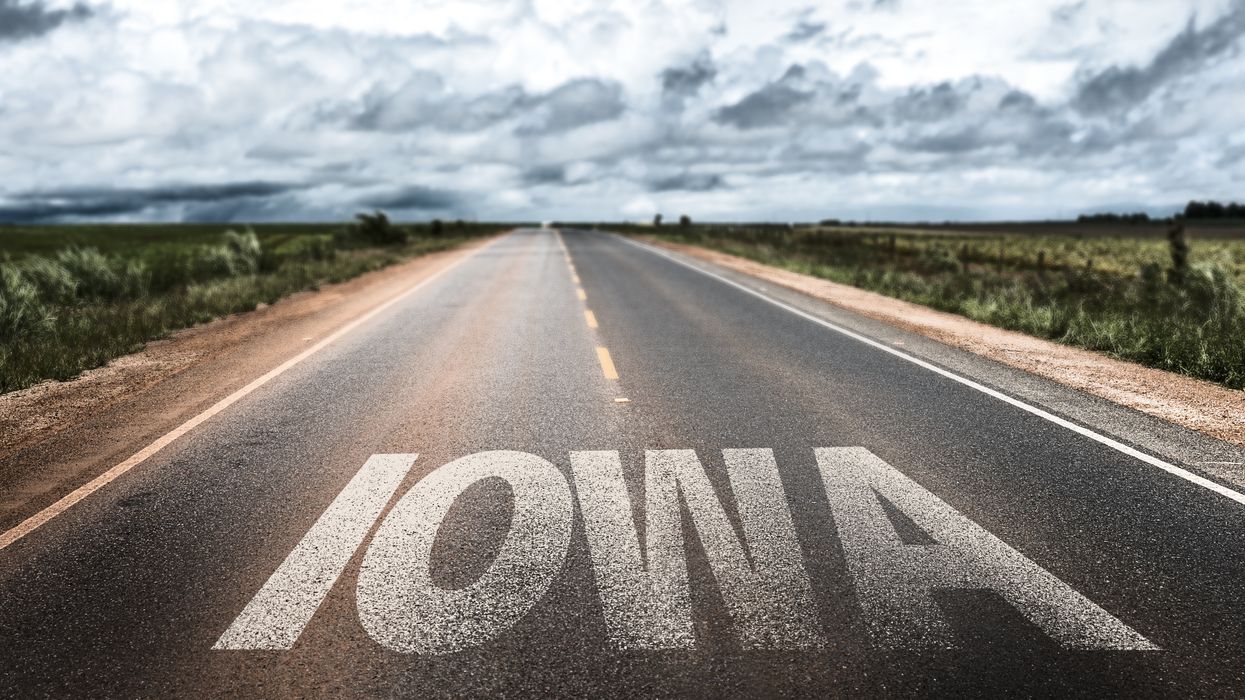A historic number of young voters are set to turn out during the pivotal Iowa caucuses next month, a new poll finds. And by participating in record numbers, the youth bloc could tilt the results heavily in favor of the leading progressive candidates for the Democratic presidential nomination.
More than a third of eligible Iowa voters between the ages of 18 and 29 said they were "extremely likely" to participate during the Feb. 3 caucuses, a number that would dwarf previous turnout figures, according to researchers at Tufts University's Center for Information and Research on Civic Learning and Engagement and Suffolk University.
Only an estimated 11 percent of young Iowans turned out for the 2016 caucuses, when both parties had contested primaries. In 2008 and 2012, just 4 percent of young voters participated in the country's first-in-the-nation nominating contest, the researchers said.
Large turnout by young voters next month would underscore their growing influence in federal elections, highlighted by their role in the 2018 midterms, when youth turnout increased in all 34 states studied in a previous CIRCLE analysis.
The new poll of young Iowa voters suggests that the 2018 turnout wasn't a fluke and "may well continue in 2020 and beyond," CIRCLE Director Kei Kawashima-Ginsberg said in a statement.
"This poll comes at a pivotal time for young people's electoral participation, following on the heels of the 2018 election when young people's activism and peer-to-peer outreach propelled a doubling of youth turnout that was decisive in some races," Kawashima-Ginsberg said.
Of the 150 Democratic caucus-goers surveyed across 99 Iowa counties, 39 percent said they planned to caucus for Sen. Bernie Sanders of Vermont. The second most popular candidate among younger voters was Sen. Elizabeth Warren of Massachusetts, who had 19 percent support.
The survey's margin of error was plus or minus 4.4 percentage points.





















